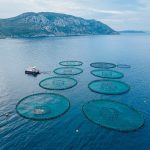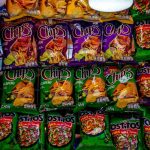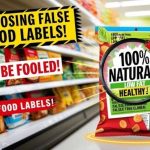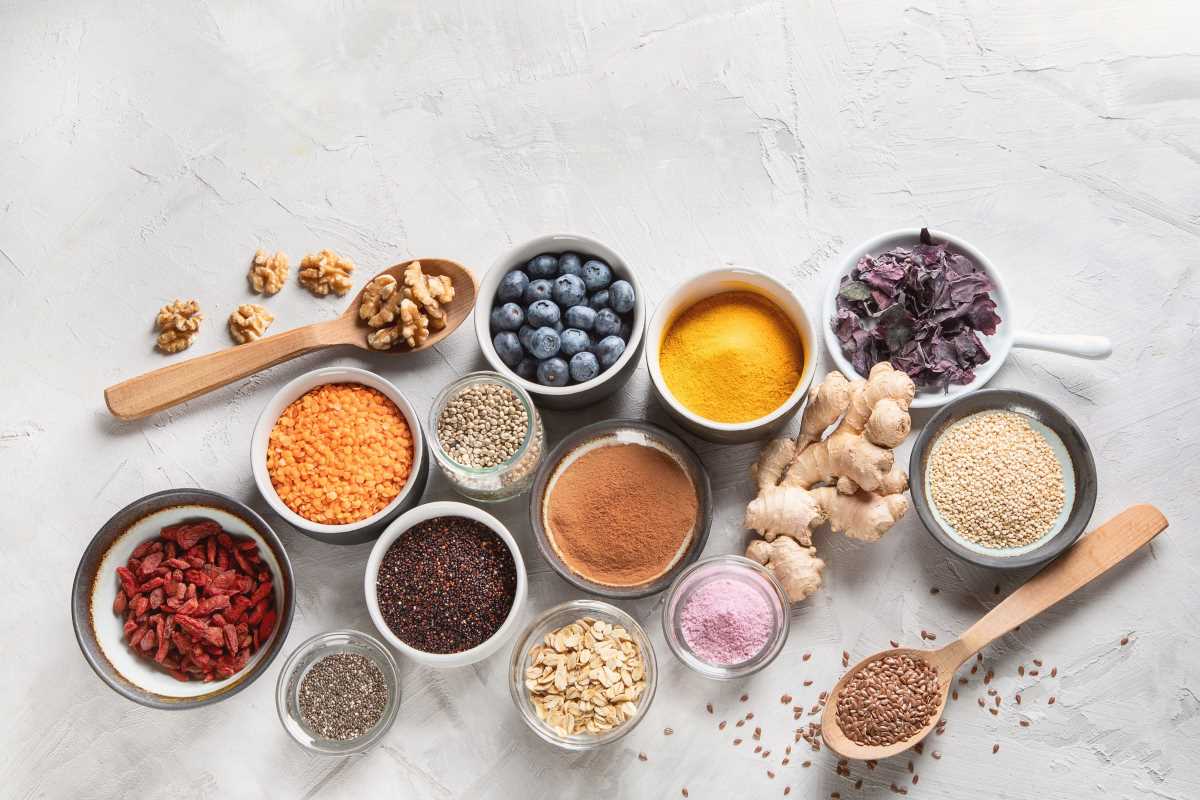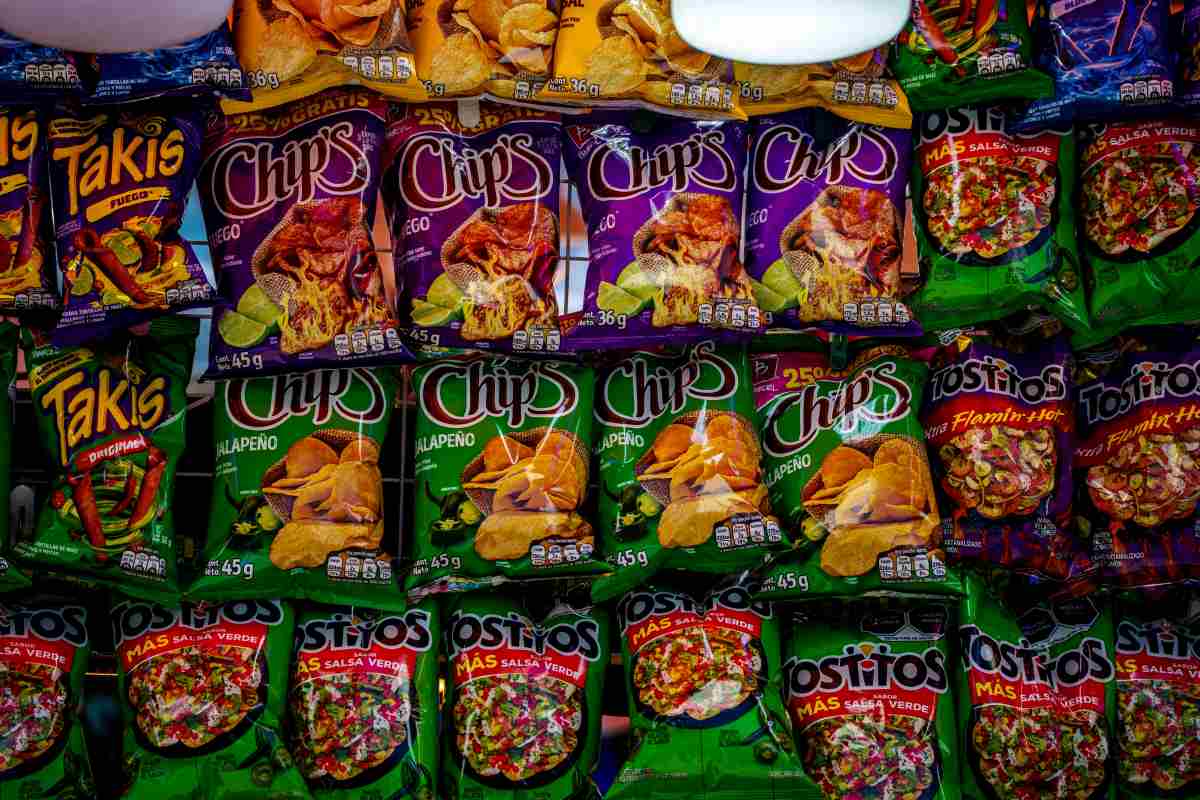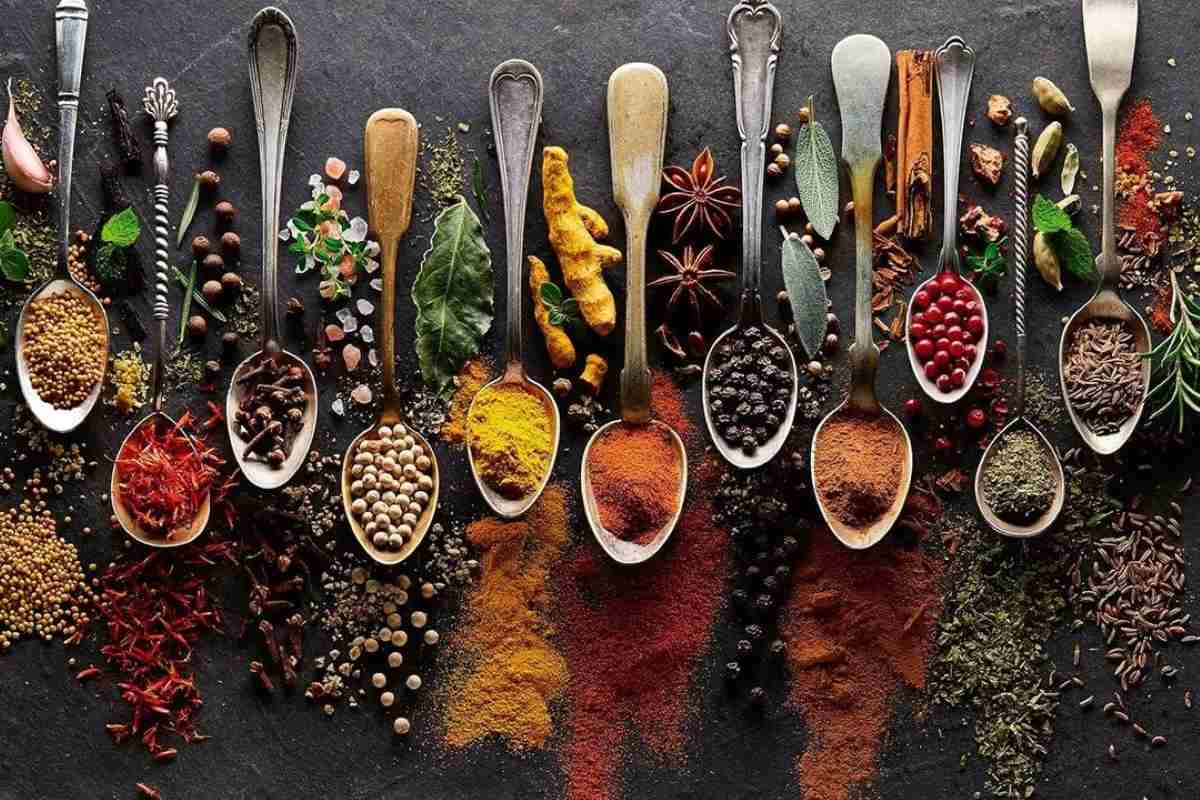The truth about superfoods is that the name is more of a marketing gimmick than an actual classification of food. Let us explain how the glamour of food marketing lets reason out the door. When people are discussing food like açai, avocado, caviar, exotic grapes or goji berries, they often describe them with the word ‘superfoods.’
Are superfoods real? You bet they are, but superfood marketing tricks are influencing the choices of many healthy-eating enthusiasts. These are foods that are touted as nutritional superheroes when consumed in measured amounts. However, this article looks beyond the rave and trends of superfood health claims. It investigates the benefits and limitations of so-called superfoods from a scientific perspective. Let’s do this together!
What Is a “Superfood,” Anyway?
It is easy for new terms, catchphrases and trends to go viral in the information age. ‘Superfoods’ is one such term. It is not even officially logged as a food class by the FDA, FAO, or WHO.
Judging by the food items that often pop up on the list of superfoods, certain attributes make marketers peddle them with a halo. One commonality of most superfoods is that they are nutrient-dense, antioxidant-rich foods or have a lavish supply of vitamins and minerals.
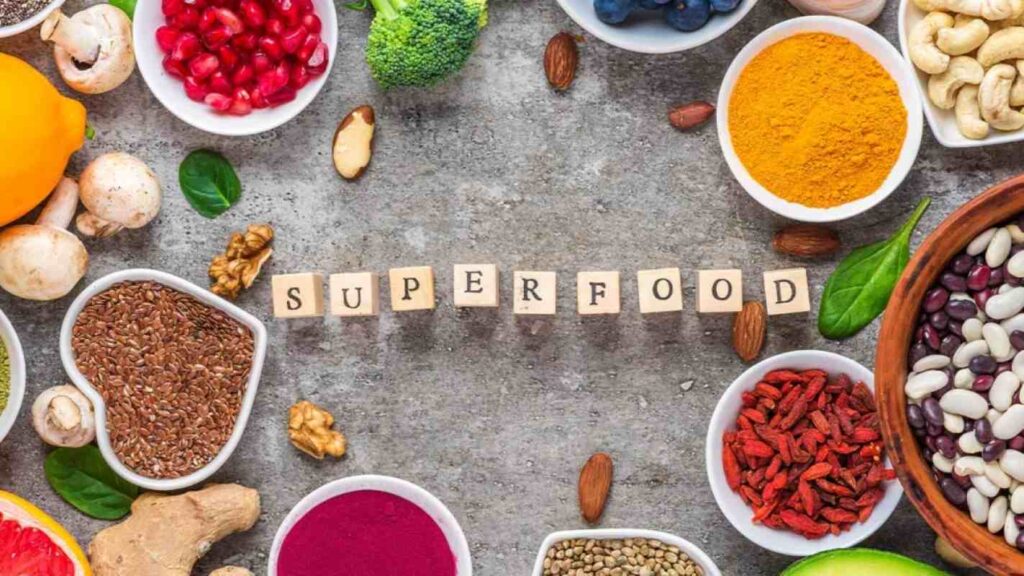
Summarily, if you look closely enough, it may be surprising to discover that the so-called superfoods from the mall are just everyday foods with big benefits. The next time you see a food product with a hefty price tag and ‘superfood’ in its description, pause. A quick cost and benefit analysis can help you distinguish real vs fake superfoods. Why? Not all food manufacturers, vendors or outlets tell the truth about superfoods.
ALSO READ: The Environmental Impact of Food Delivery Services: What Convenience Is Costing the Planet
The Science Supporting (and Challenging) the Claims
It is undeniable that most foods tagged as superfoods offer specific nutritional and health benefits. However, we need to remember that all foods, super or regular, offer some benefits.
For example, studies have established that plants and fruits rich in purple pigmentation, like blueberries, are rich in antioxidants. Also, salmon is rich in omega-3 fatty acids and carotene, while kale is rich in fibre. However, that does not make any of these items better than foods predominantly containing, say, carbohydrates. Thus nutritional diversity prompts food connoisseurs to blend multiple food materials in a single dish.
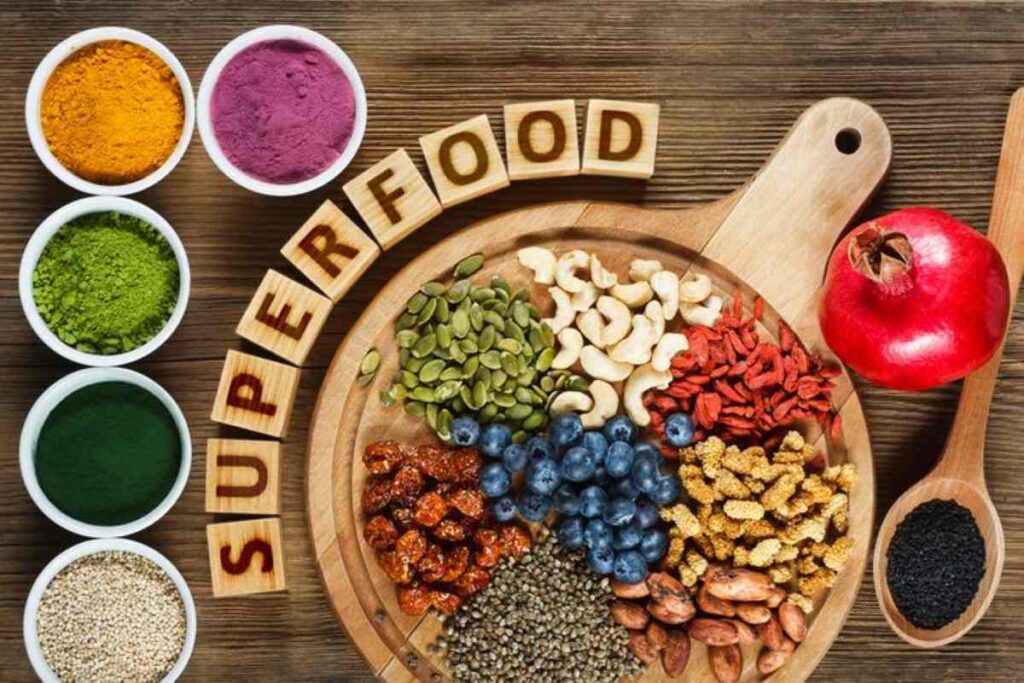
Another truth about superfoods is that it may drive some people to a manic obsession with certain food items. So, it is essential to balance things out: balance diet vs superfood trend. It is pointless to limit your diet to ‘superfoods,’ when there’s access to everyday foods with big benefits.
Everyday Superfoods You Already Know
A truth about superfoods that most people do not know is that they eat some of them every day. If superfoods are touted as antioxidant-rich foods or the best nutrient-dense foods, some of your everyday foods fall within that niche.
Some superfoods that you eat regularly, without realizing they fall in this niche, are:
- Sweet potatoes
- Spinach
- Beans
- Oats
- Bananas
- Nuts
- Tea
- Broccoli
- Eggs
- Berries
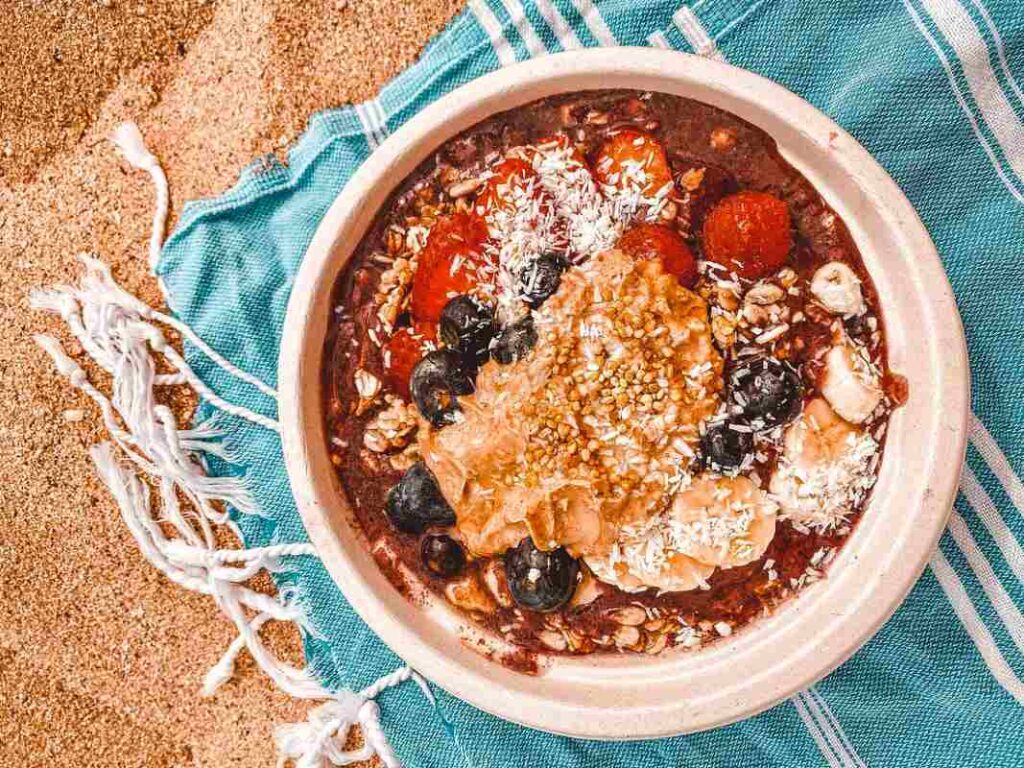
Eggs are very rich in essential proteins. Broccoli, oats and spinach are rich in fibres, vitamins and minerals. Bananas are loaded with essential minerals, while nuts are good sources of healthy oils. So, before falling for those superfood marketing tricks by retail chains, reinforce your consumption of the everyday superfoods in this list instead.
The Problem with Superfood Marketing
From the foregoing, it is easy to see that superfoods are not a problem in themselves. However, when false representation creeps in while marketing these food products, a real vs fake superfoods tussle may ensue. Those who know the truth about superfoods and their marketing are aware of some Achilles’ heels.
1. Overpriced, imported, and unsustainable sourcing
The largest brands that use ‘superfoods’ as a selling point for certain food products go over and out to source raw materials. Usually, some of these foods are obtained from unsustainable sources. In other instances, the ‘superfood’ is imported. So, it should not come as a surprise when you find a small branded package of açai going for an outrageous price in the mall.

2. Pseudoscientific claims and overhyped detox narratives
The marketing team of some food companies will try every legal gimmick in the book to boost their figures. Consumers who cannot distinguish the food hype vs science of superfoods may easily fall for not-entirely-accurate marketing narratives. The impression that most uninformed buyers of superfoods get sometimes is that they are buying the very elixir of life.
3. Distraction from balanced diets and variety
Ubiquitous marketing of superfoods can mislead consumers. When a health-conscious consumer has just bought an expensive superfood and recently registered for a detox diet plan, they can easily get distracted from eating well-rounded meals. Before long, the culinary experience of such individuals becomes a balanced diet vs superfood trend battle.
ALSO READ: DIY Molecular Gastronomy: Turning Liquids into Edible Spheres
How to Build a “Super” Diet Without the Buzzwords
From the foregoing explanation, we can deduce that superfoods are healthy foods. The real vs fake superfoods debate only arises when food items are peddled as wonder-working hero ingredients.

To get the most out of the best nutrient-dense foods, there is a need to consume them as part of a diverse diet, not in isolation. Indeed, it is even possible to eat healthy and wholesome meals without including any ‘superfood.’ When possible, eat whole foods and make the most of seasonal foods to make your diet sustainable. The key to healthy eating is not necessarily what you eat, or the ‘super ingredients.’ On the contrary, the healthy eating habits that add up over time tend to pay more dividends to your overall well-being. Trust us, bingeing on blueberries after a month-long streak of downing ultra-processed junk won’t save your metabolic system.
Again, no miracle food can singularly fix your health. The key is building a habit of smart food choices and consistently eating a balanced diet. Occasional indulgences won’t kill either.
So, skip the superfood hype—build a super diet instead.

